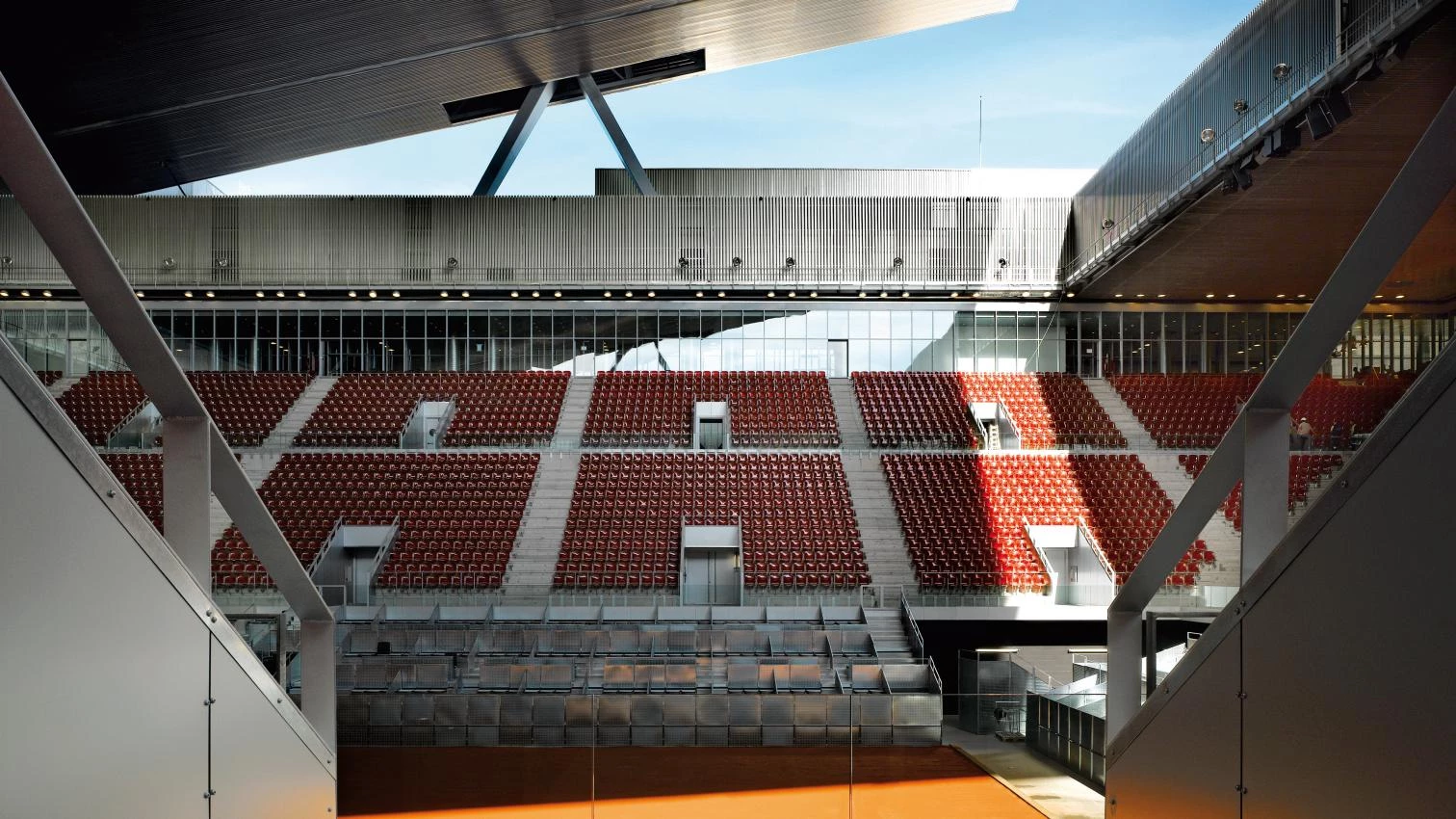
Mobile structures which at first were thought out to be transportable began to be built just after World War II. If we study the work of two of the most important figures in this matter, Buckminster Fuller and Emilio Pérez Piñero, we see that the strategies they followed were those of steel bar constructions, whether dome-shaped or like flat slabs. In any case, the use of these structural systems was due to the need to come up with the most lightweight constructions possible.
The set-ups on which these experiments were based – triangulations of steel bars – underwent much development with the appearance of metal trusses in the 1830s. These are constructions where the components work only by compression or tension, avoiding bending moments. In 1851, Johann Wilhelm Schwedler patented his triangulated domes, and forty years later August Föppl built his ‘spatial trusses’ at a market in Leipzig. With this, the early structures, designed and calculated as flat systems,gradually and rather timidly took on a three-dimensional form, and the process sped up towards the close of the 19th century...





